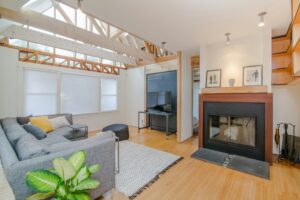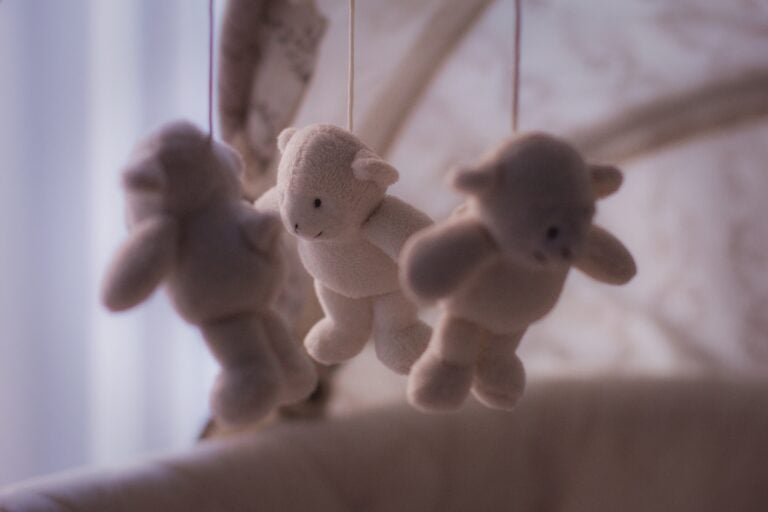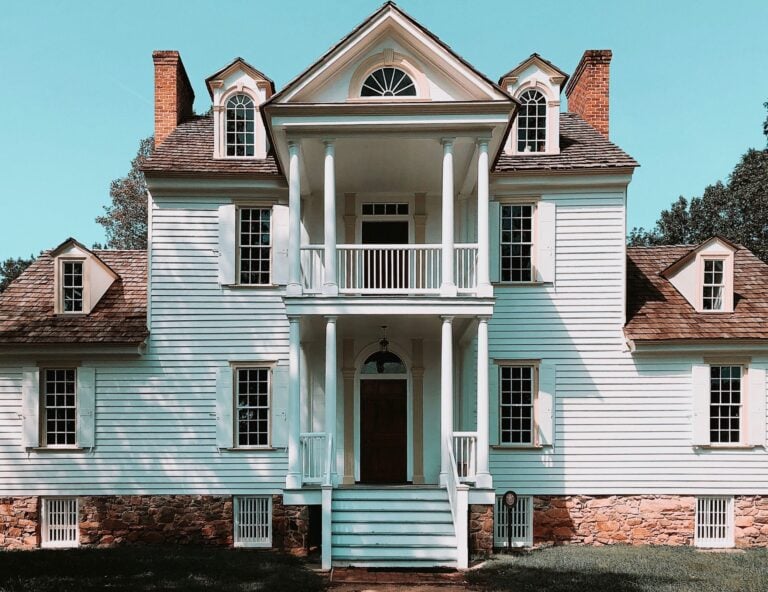Eco-Friendly Home Design Trends to Watch for This Year
 Solar panels, smart homes and hydroponic gardens are only a handful of the sustainable design trends that have hit households in the last several years. Eco-friendly products and lifestyles have taken the world by storm, telling people how to make their houses carbon-friendly and low-waste. What does 2024 look like?
Solar panels, smart homes and hydroponic gardens are only a handful of the sustainable design trends that have hit households in the last several years. Eco-friendly products and lifestyles have taken the world by storm, telling people how to make their houses carbon-friendly and low-waste. What does 2024 look like?
1. Community Support and Multifunctionality
Cohousing is one of the most revolutionary design choices in modern history, especially as many cultures have become more individualistic. Though living alone is freeing, people are waking up to the concerns of having only a few residents per several thousand square feet. You use a lot of energy and limit social interaction.
Variations of cohousing are becoming more popular so people can save money, resource-share and adopt sustainable habits together. Ecovillages in Denmark could produce up to 60% fewer carbon emissions when averaging transport, energy, food and more. What does this look like?
- Community gardens where people grow and share food
- Using multifunctional and multipurpose furniture
- Creating shared outdoor spaces
- Having communal niche devices, such as ladders and lawn mowers to reduce consumerism
- Connecting to a microgrid to share clean energy
2. Beyond Recycled
Recycled and reclaimed materials have been the standard for eco-friendly exteriors and interiors for decades. People are using reclaimed wood or recycled steel, hoping this reduces its carbon upfront and makes it easier to dispose of at the end of its life. However, the DIY community has found an even more sustainable way to deal with old materials and clutter. People are upcycling.
Conventional cabinets from a box store are often mass-produced with cheap laminates in unethical conditions. Make your place more eco-friendly by designing something bespoke from materials you already have, such as real-wood furniture you thought of throwing away. It lowers your carbon footprint, which is better than the fake, manufactured versions with no charm. If these ideas inspire a renovation, consider it with green lenses.
3. Biophilic Design and More
Biophilic design has been a trend for the last several years. It’s scientifically proven that greenery purifies the air and makes people happier. A simple air plant or aloe vera can boost moods and cause homeowners to interact more with nature. However, the fad is ballooning into something bigger and more impactful.
Green roofs and living walls are the next-generation design choices. Why only focus on aesthetic greenery when it could have even more utility? Planting a garden on the roof can absorb water to prevent damage and reduce energy bills by capturing heat. Living walls can produce renewable energy with biomass.
4. Rewilding Yards
The picturesque, green American lawn is one of the nation’s most deceptively resource-intensive commodities. Such lawns use 163,800 square kilometers of land, deplete freshwater sources and pollute the ground with needless pesticides.
The wasted space and materials are best used for rewilding, which is inviting pollinators and native species. People are cutting lawns less frequently, planting wildflowers and growing food to bring back bees, birds and critters that support healthy, happy ecosystems. The idea supports regenerative design, an umbrella term referring to creating a home that gives back to the planet instead of only taking. Not every HOA is a fan of this change, but wildlife certainly loves it.
5. Water Conservation
Installing low-flow shower heads and toilets has been a go-to water-saving mechanism for years. Like many of these eco-friendly design trends, it is taking an existing staple and ramping up the impact. This is what is happening with water conservation, too. What are some of the most advanced trends becoming normalized?
- Xeriscaping: Drought-resistant landscaping methods.
- Rainwater harvesting: Capturing rain for reuse in vessels like barrels.
- Permeable surfaces: Fixtures like driveways that refill underground water reserves instead of leading to runoff.
- Smart water management: Technological sensors and monitors to increase water awareness and literacy.
6. Daylighting
There is no light like natural daylight. Even light bulbs and fixtures that claim to replicate the look can’t get it exactly right. This concept has been an idea for many years, but it’s just now regaining traction. Homeowners want to reduce reliance on artificial lighting, heating and cooling. Instead, they save energy by incorporating daylighting.
If you’re buying a home, look for one with windows facing the right orientation to maximize light, increasing its daylight factor. Others install rooflights or clerestory windows, which are thin windows lining the top of a wall. Reflective surfaces, like white walls and light furniture, encourage light to jump around the house.
A Year in Green Living
The latest design trends are steering in a more holistic direction. Previously, it was about what products you could buy to get immediate benefits. Now, it is about long-term thinking. What habit or design choice could save resources over the building’s lifetime? These big-picture questions are guiding people into the next generation of personal sustainability, and it’s only going to get more positive and impactful moving forward.


